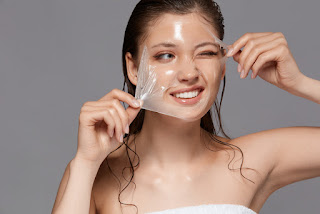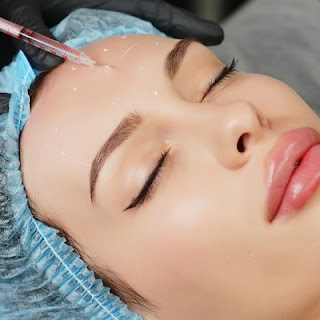How often should you get a chemical peel?
Chemical peels are a popular cosmetic treatment that can improve the appearance of your skin. By removing the outer layer of dead skin cells, chemical peels can reduce fine lines, wrinkles, acne scars, and hyperpigmentation. But how often should you get a chemical peel? In this blog, we will discuss the recommended frequency of chemical peel treatments and factors that can influence this decision.
Firstly, it is important to note that the frequency of chemical peel treatments can vary depending on the type of peel, the severity of your skin concerns, and your individual skin type. Chemical peels can be classified into three categories: superficial, medium, and deep. Superficial peels are the mildest form of chemical peel and can be repeated every two to four weeks. Medium peels are more intense and can be repeated every three to six months. Deep peels are the most aggressive and should only be performed once, as they can result in significant downtime and require a longer recovery period.
Another factor that can influence the frequency of chemical peel treatments is the severity of your skin concerns. If you have mild acne or fine lines, you may only need a superficial peel once a month or every other month. However, if you have deep acne scars or wrinkles, you may require a more aggressive medium peel every three to six months. It is important to consult with a dermatologist or licensed aesthetician to determine the appropriate frequency and type of peel for your skin concerns.
Additionally, your individual skin type can play a role in determining how often you should get a chemical peel. If you have sensitive skin, you may only be able to tolerate superficial peels every few months. On the other hand, if you have oily skin, you may benefit from more frequent superficial peels to control excess oil production. Your skin type can also affect the strength of the peel used during your treatment. For example, individuals with darker skin may be more prone to hyperpigmentation and should therefore opt for a milder peel.
It is also important to note that chemical peels can cause some temporary side effects, such as redness, peeling, and sensitivity to sunlight. Therefore, it is recommended that you avoid excessive sun exposure and use sunscreen to protect your skin after a chemical peel. Depending on the strength of the peel, you may need to avoid certain skincare products and treatments for a period of time after your treatment. Your aesthetician or dermatologist should provide you with detailed aftercare instructions to ensure the best results.
Ultimately, the frequency of chemical peel treatments should be determined by a licensed professional who can assess your skin concerns and individual needs. While chemical peels can provide noticeable improvements in your skin's appearance, it is important to approach them with caution and avoid over-treating your skin. Over-exfoliation can lead to dryness, sensitivity, and other skin concerns. If you are unsure about the appropriate frequency of chemical peel treatments, consult with a professional or start with a milder superficial peel to gauge your skin's tolerance.
In conclusion, the frequency of chemical peel treatments can vary depending on the type of peel, severity of your skin concerns, individual skin type, and aftercare instructions. It is important to consult with a licensed professional to determine the appropriate frequency and type of peel for your skin's unique needs. With proper care and attention, chemical peels can provide significant improvements in your skin's appearance and boost your confidence.
Book your appointment now on " https://www.enfieldroyalclinics.com.pk " .




Comments
Post a Comment